In today’s competitive business landscape, building a successful B2B (business-to-business) marketing funnel is crucial to driving conversions, generating qualified leads, and achieving sustainable growth. A well-constructed marketing funnel is a roadmap that guides potential customers through various stages of the buying process—from awareness to decision-making. The goal is to nurture these prospects with the right content, messaging, and engagement until they are ready to make a purchasing decision.
Creating an effective B2B marketing funnel requires a comprehensive understanding of your target audience, tailored strategies, and continuous optimization. In this article, we’ll explore how to design a B2B marketing funnel that drives results and converts prospects into loyal customers.
What Is a B2B Marketing Funnel?
A B2B marketing funnel is a visual representation of the journey a potential business customer goes through before making a purchase. It consists of multiple stages, each aimed at nurturing prospects with valuable information and addressing their pain points. The stages typically include:
- Awareness – Prospects become aware of your business and its solutions.
- Interest – Prospects express interest in your products or services.
- Consideration – Prospects evaluate your solutions against competitors.
- Decision – Prospects are ready to make a purchase decision.
- Post-Purchase – Customers are engaged for retention and upselling.
Understanding the dynamics of each stage and crafting content and messaging that aligns with the customer’s needs is the key to building a B2B marketing funnel that delivers results.
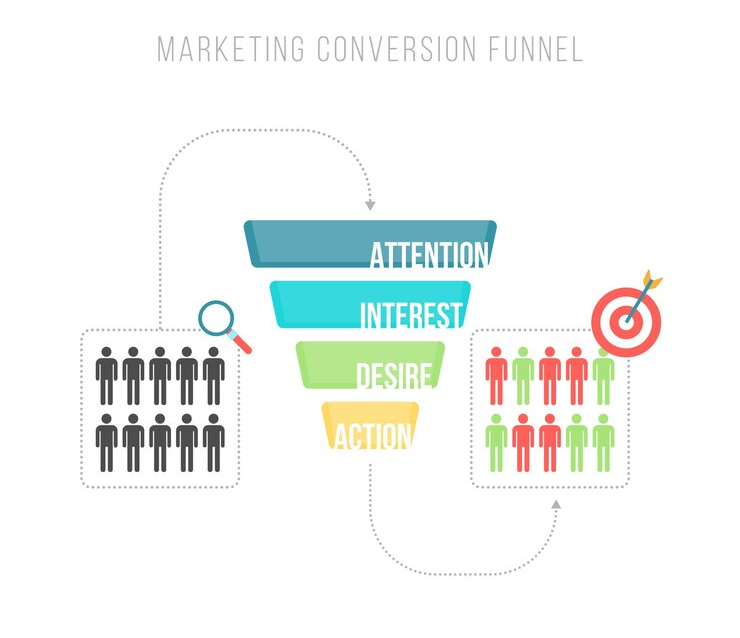
Step 1: Define Your Ideal Customer Profile (ICP)
Before diving into the funnel design, define your Ideal Customer Profile (ICP). This profile outlines the characteristics of businesses that are most likely to benefit from your solution. Some key factors to consider include:
- Industry: Which industries do your products or services serve best?
- Company size: Are your ideal customers small businesses, mid-market, or enterprises?
- Revenue: What is the annual revenue of your ideal customers?
- Pain points: What problems or challenges do these businesses face that your product or service can solve?
Knowing your ICP ensures you target the right audience at each stage of the funnel, allowing you to craft personalized messages that resonate with potential customers.
Step 2: Create Content for Each Funnel Stage
A critical component of a B2B marketing funnel is content. Content plays a key role in educating, engaging, and nurturing leads at each stage of their journey. Here’s how to create the right content for every stage:
Awareness Stage: Attract Attention
At the top of the funnel, your goal is to make potential customers aware of your business and solutions. Prospects at this stage don’t know much about your company yet, so your content should focus on solving common industry problems and providing value.
- Blog posts: Publish educational content that addresses the pain points your target audience faces.
- Infographics: Visually engaging content that presents data or trends in an easily digestible format.
- Videos: Short explainer videos or industry insights can capture attention quickly.
- Social media posts: Share informative posts, articles, and industry news to build brand visibility.
The content should be focused on providing value and establishing your business as an authority in your industry. Remember that prospects at this stage are not ready to buy yet—they are simply gathering information.
Interest Stage: Spark Curiosity
At this stage, your prospects have shown some level of interest in your offering. They may have downloaded a whitepaper, watched a video, or engaged with your social media content. Now, it’s time to continue nurturing their interest and move them closer to considering your solutions.
- Case studies: Showcase real-world examples of how your product or service has solved problems for similar businesses.
- Ebooks or guides: Offer in-depth resources that help your audience learn more about the challenges they face and how they can overcome them.
- Webinars: Host live or recorded webinars that dive deeper into industry trends or product demos.
These resources help deepen the relationship with prospects, guiding them towards understanding how your solution can benefit their business.
Consideration Stage: Build Trust and Credibility
In the consideration stage, prospects are actively evaluating different solutions. They’ve identified their challenges and are looking for options to solve them. It’s essential to provide content that positions your solution as the best option.
- Product demos: Show prospects how your product works in real-time and how it solves their specific problems.
- Testimonials: Share customer success stories and reviews to build trust.
- Comparison guides: Help prospects compare your solution to others in the market, emphasizing the unique value your product provides.
At this stage, prospects need proof that your solution will deliver results. Your content should focus on addressing their objections and demonstrating how you are the right choice for their business.
Decision Stage: Close the Deal
At the bottom of the funnel, prospects are ready to make a decision. They’ve done their research and are looking for reassurance before committing to a purchase. The content at this stage should focus on finalizing their decision and addressing any lingering doubts.
- Free trials or consultations: Offering a free trial or a consultation allows prospects to experience your product firsthand and gain confidence in its value.
- Discounts or special offers: Offering a limited-time discount or exclusive deal can encourage prospects to take the final step and purchase.
- Strong calls to action (CTAs): Your CTAs should be clear, direct, and compelling, prompting prospects to take action immediately.
This content should be persuasive and make the buying process as easy as possible for your prospects.

Step 3: Nurture Leads with Email Campaigns
Email Marketing is one of the most powerful tools in a B2B marketing funnel. It allows you to nurture leads at every stage of their journey. By sending targeted, personalized emails, you can keep prospects engaged and move them through the funnel.
- Welcome emails: When someone first interacts with your brand, send a welcome email to introduce your company and highlight key resources.
- Drip email campaigns: Create a series of automated emails that provide valuable content based on the prospect’s behavior and interests.
- Re-engagement emails: For leads that have gone cold, send re-engagement emails with relevant offers or new content to reignite their interest.
Segmenting your email list and tailoring your messages will help you maintain a personal connection with each prospect, increasing the likelihood of conversion.
Step 4: Use Marketing Automation to Streamline the Process
Marketing automation tools can help streamline your B2B marketing funnel by automating repetitive tasks, personalizing interactions, and tracking lead behavior. These tools can send personalized emails, trigger follow-up actions, and score leads based on their interactions with your brand.
Marketing automation helps you stay top of mind with prospects and ensures that you provide the right content at the right time, increasing the likelihood of conversion.
Step 5: Measure, Analyze, and Optimize
Creating a B2B marketing funnel isn’t a one-time effort. To ensure continuous improvement, you need to measure and analyze the performance of your funnel. Key metrics to track include:
- Lead conversion rates: How many leads convert from one stage to the next?
- Engagement rates: Are prospects engaging with your content (click-through rates, open rates, etc.)?
- Sales cycle length: How long does it take for prospects to move from the top to the bottom of the funnel?
- Customer acquisition cost (CAC): What is the cost to acquire a new customer?
Use these insights to refine your strategy, test new content, and optimize your funnel for better performance.
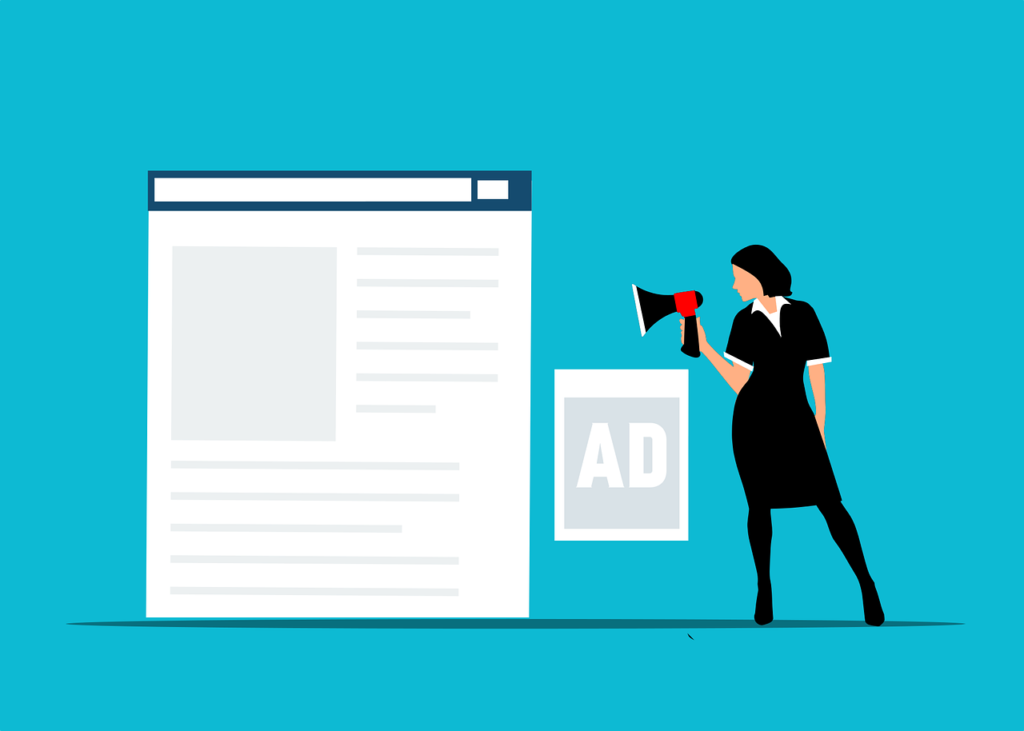
Building a B2B Marketing Funnel That Converts
Creating a B2B marketing funnel that converts requires a clear strategy, relevant content, and continuous optimization. By understanding your target audience, crafting content for every stage of the buyer’s journey, and using the right tools to nurture leads, you can guide prospects from awareness to decision-making effectively.
Remember, a successful funnel is built on trust, value, and relationship-building. By focusing on your customers’ needs and providing them with the right information at the right time, you can create a B2B marketing funnel that converts and helps your business grow.

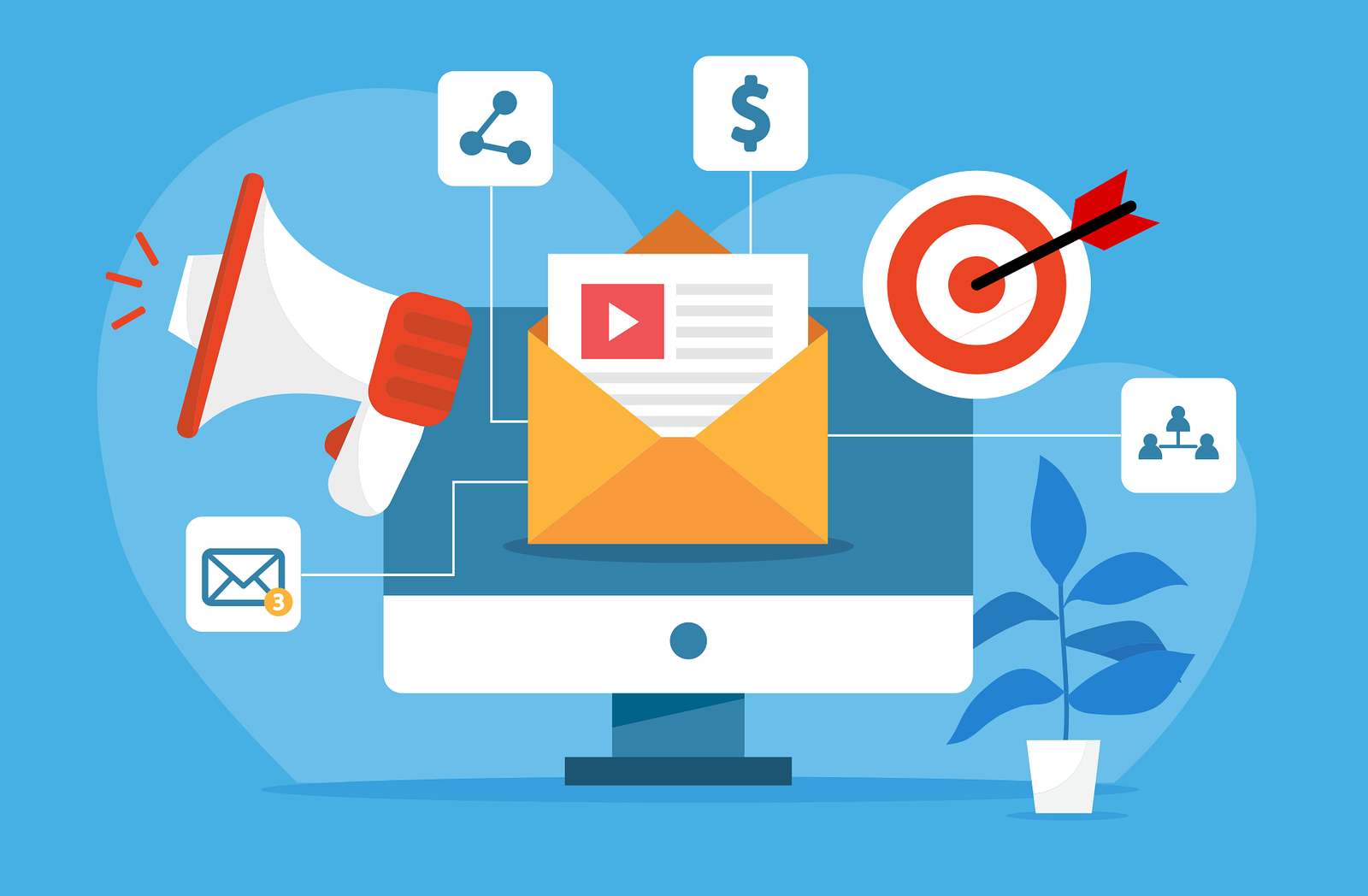

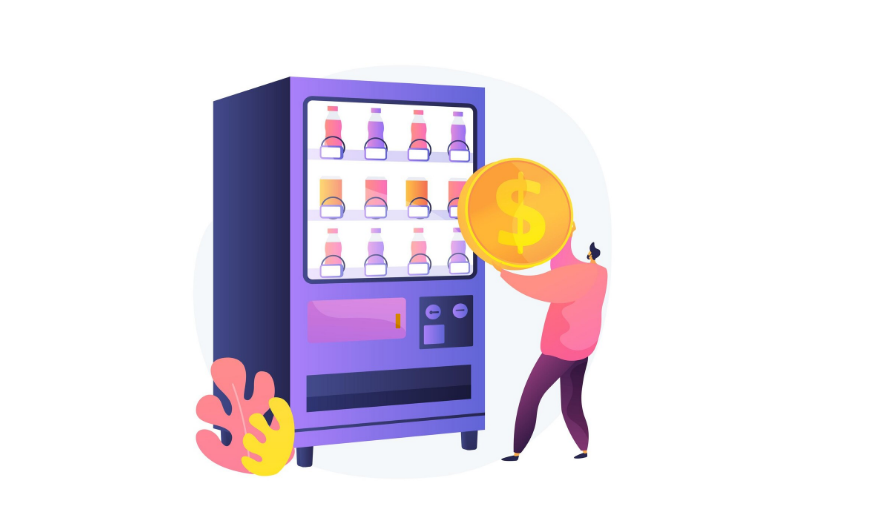
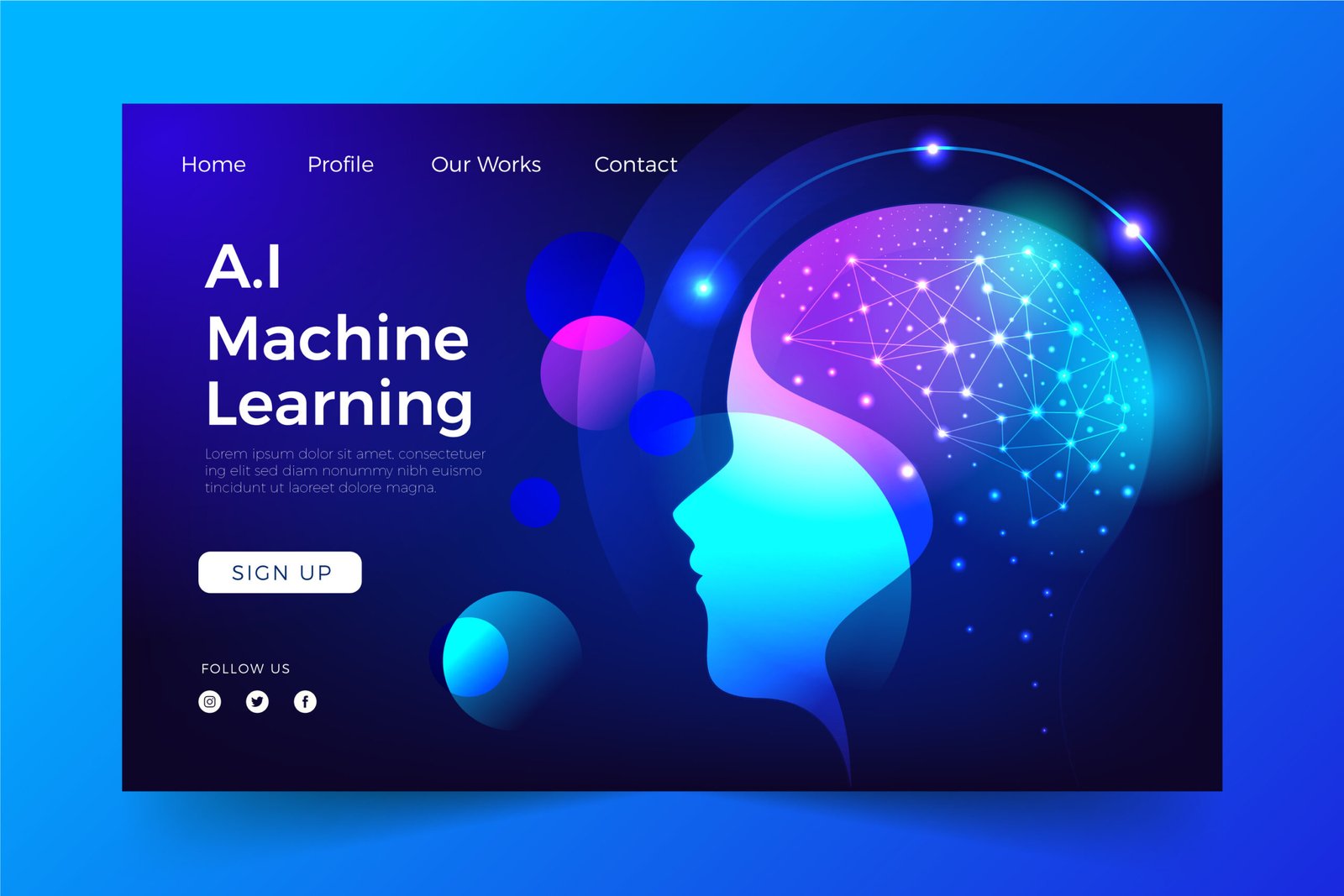
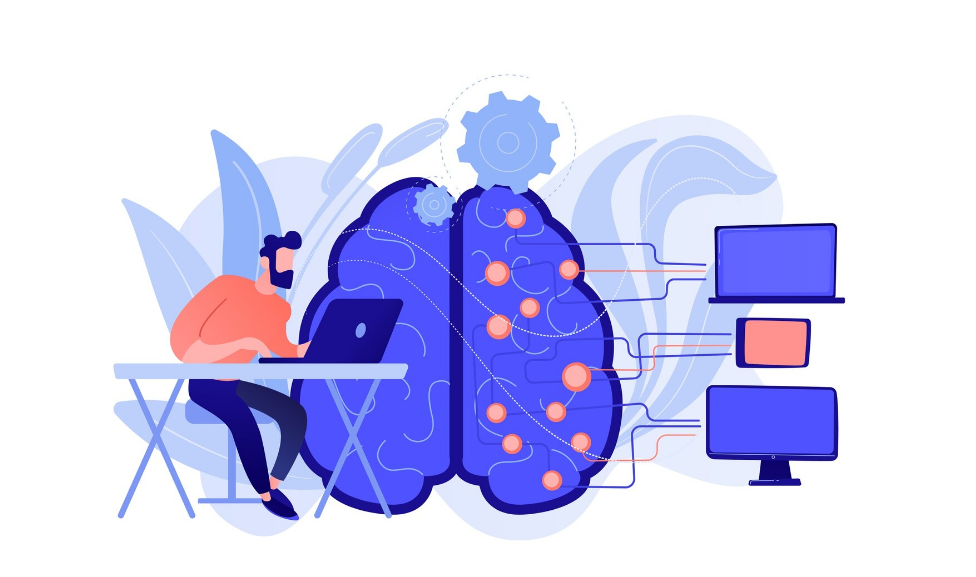
Howdy very nice blog!! Man .. Beautiful ..
Wonderful .. I’ll bookmark your website and take the feeds also?
I am glad to seek out so many helpful info right here in the post, we want work out extra strategies on this regard, thank you for sharing.
. . . . .